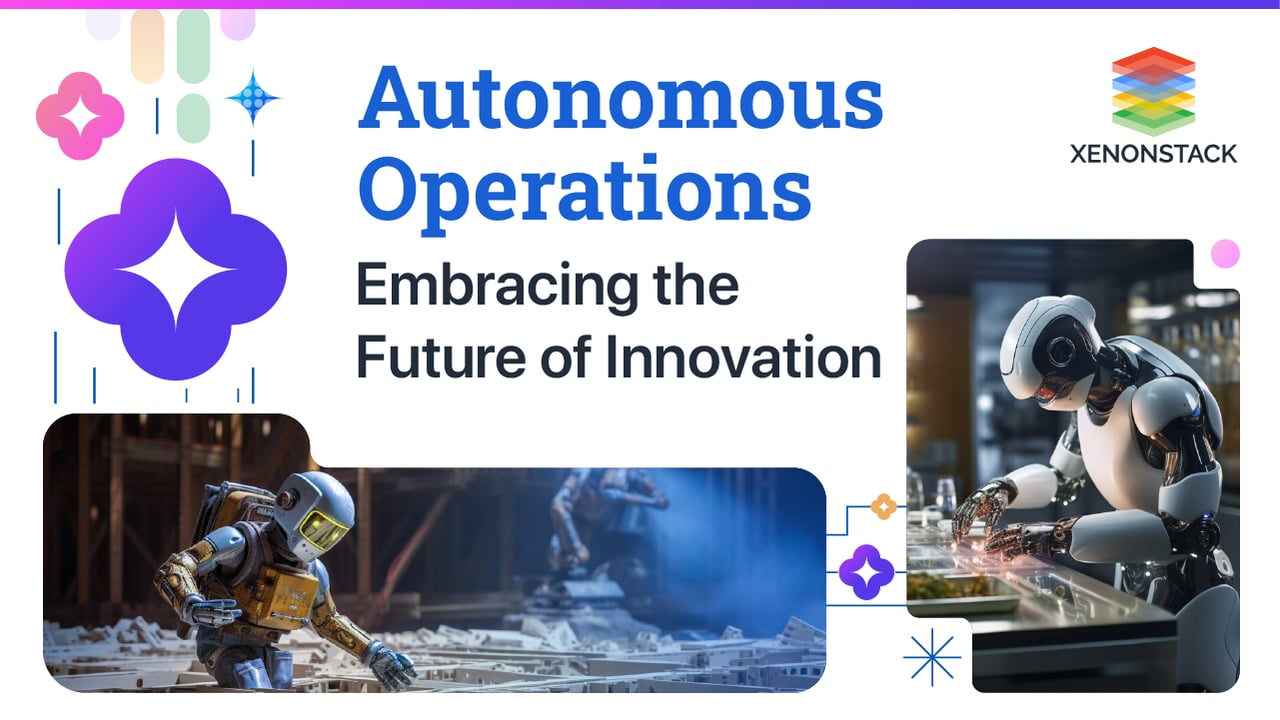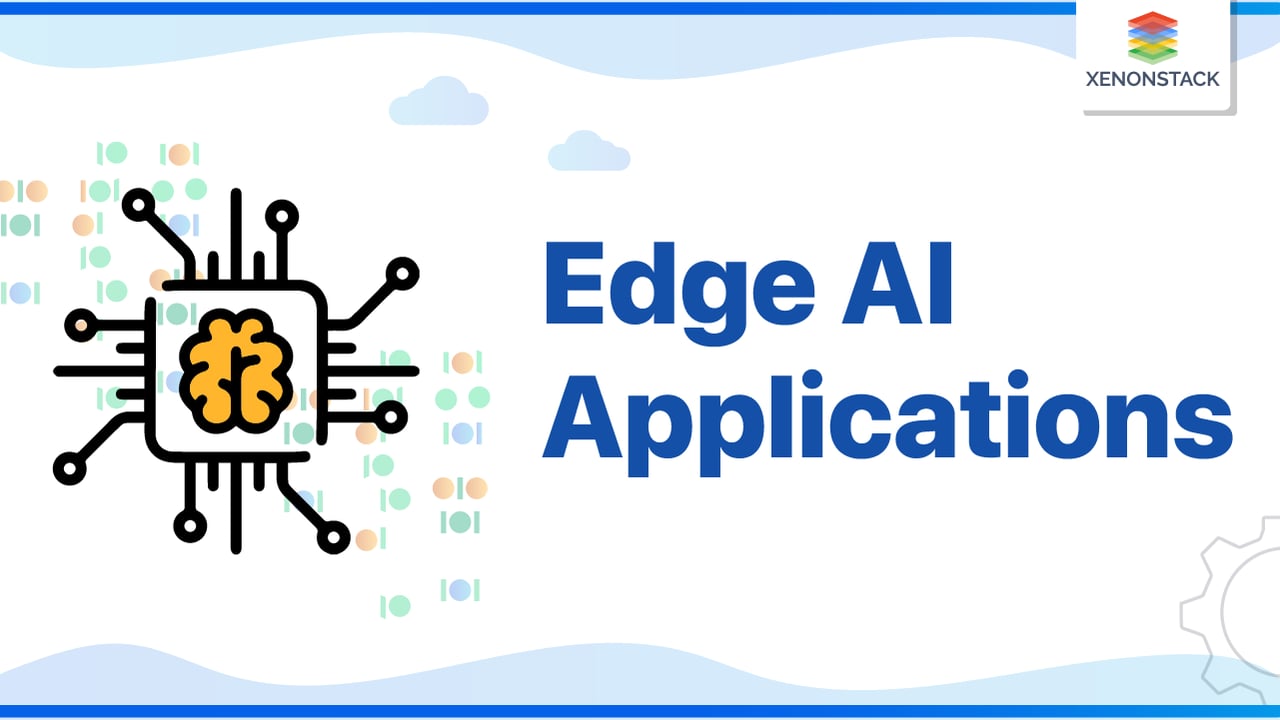
The Dawn of Autonomy
Autonomous operations find their roots in the desire to enhance efficiency and reduce the margin of error in repetitive or highly complex tasks. From manufacturing lines equipped with robotic arms capable of precision beyond human reach to drones conducting aerial surveys with pinpoint accuracy, the scope of autonomous operations is vast and varied. This shift towards automation and self-governance in systems promises a future where technology and artificial intelligence (AI) play pivotal roles in managing operations.
Progressive Levels of Autonomous Operations
To provide a more nuanced understanding of autonomous operations across various industries and applications, we can expand the framework to include six levels:
-
Manual Operation: At this foundational level, human operators are responsible for all tasks and decisions. Technology's role is minimal, serving only as a tool that requires active human control and input.
-
Assisted Operation: Technology supports human operators by automating simple tasks or offering decision-making assistance. Human operators remain in control but benefit from technological aids, such as vehicle sensor-based alerts or basic automation in industrial machinery.
-
Partially Autonomous: Systems gain the capability to perform a more comprehensive set of operations independently under specific conditions. Human intervention is still necessary to oversee operations and handle complex tasks or exceptions. Examples include advanced driver-assistance systems (ADAS) in cars that can control speed and maintain lanes.
-
Conditional Autonomy: Systems can manage most operations autonomously in specific environments or contexts, expecting human operators to intervene when necessary. This level signifies a significant reduction in the need for constant human attention but still requires humans in the loop for oversight and exceptional circumstances.
-
High Autonomy: the system can perform all its designated operations autonomously under various conditions at this level. Human intervention becomes rare, limited to system setup and maintenance, or in response to highly unusual or unpredicted circumstances. This includes robots operating in unstructured environments with minimal human oversight.
-
Full Autonomy: This is the pinnacle of autonomous operations, where systems can perform all operational tasks, adapt to new and changing environments on their own, make sophisticated decisions in real-time, and operate indefinitely without human input. This level of autonomy envisions systems with advanced AI capable of learning, adapting, and potentially even self-replication or repair, operating with complete independence from human interaction.
Needs and benefits of autonomous operations
|
Operations
|
Needs
|
Benefits
|
|
Manual Operation |
Requires significant human labor and expertise. |
Allows for nuanced, experience-based decision-making. |
|
Assisted Operation
|
Implementing essential automation tools to support human operators |
Improves efficiency and reduces human error. |
|
Partially Autonomous
|
Advanced technology for specific autonomous actions, requiring minimal human oversight. |
Increases productivity by freeing human operators for more complex tasks.
|
|
Conditional Autonomy |
Sophisticated AI for decision-making within specific conditions; human intervention is still necessary.
|
Reduces the need for constant supervision, balancing autonomy with safety.
|
|
High Autonomy
|
Technology capable of operating independently in complex environments, potentially with self-diagnosis and repair. |
Minimizes human intervention, reducing operational costs and enabling operation in hazardous areas. |
|
Full Autonomy
|
Advanced AI with real-time learning and adaptation, operating without human input.
|
Maximizes efficiency, opens new operational possibilities and operates beyond human limitations. |
Role of AI in Autonomous Operations
The role of AI in autonomous operations is pivotal and multifaceted. It serves as the primary driver behind the rapid advancements and capabilities of autonomous systems.
AI enables these systems to perform tasks with little human intervention by equipping them with the ability to perceive their environment, make decisions, and learn from their actions. Below are key areas where AI's role in autonomous operations is significant:
-
Perception and Sensing: AI algorithms process data from sensors (cameras, LiDAR, radar, etc.) to understand the surrounding environment. This processing includes recognizing objects, understanding scenes, and predicting changes. For instance, in real-time, AI interprets sensor data in autonomous vehicles to identify road markers, other cars, and pedestrians.
-
Decision Making: AI is crucial for autonomous systems to make decisions based on the data they perceive. Using advanced algorithms, such as reinforcement learning and decision trees, AI can evaluate multiple options and outcomes to choose the best action. For example, an autonomous drone might use AI to decide the optimal route to execute a survey mission while avoiding obstacles.
-
Learning and Adaptation: AI's remarkable strength lies in its capacity to learn from past experiences and continuously enhance its performance over time. Machine learning algorithms allow autonomous systems to modify operations based on new data, enhancing their efficiency and reliability. This capability is vital for achieving higher levels of autonomy, where systems must adapt to changing environments and conditions without human input.
-
Predictive Maintenance: AI systems can predict when parts of an autonomous system may fail or require maintenance, significantly reducing downtime and operational costs. By analyzing historical and real-time data, AI algorithms can identify patterns that precede equipment failures, allowing for proactive maintenance.
-
Interaction with Humans: Even in operations categorized under high levels of autonomy, AI plays a crucial role in facilitating interactive and cooperative tasks between humans and machines. Natural language processing (NLP) and computer vision enable autonomous systems to understand and respond to human commands or gestures, ensuring smooth cooperation in mixed environments.
-
Navigation and Mobility: AI is essential for enabling autonomous systems to navigate and move through diverse environments. Algorithms process data from various sources to plot courses, avoid obstacles, and dynamically adjust to new information, such as changes in terrain or unexpected hazards.
-
Integration across Systems: AI facilitates the integration of autonomous operations across different sectors and systems, allowing for seamless coordination and data sharing. This integration is vital for complex operations that require collaboration between multiple autonomous systems, enhancing overall operational efficiency and output.
The Spectrum of Autonomy
The applications of autonomous operations span a diverse array of fields, each harnessing this technology to suit specific needs:
-
Manufacturing: Incorporating robotics and AI to automate production lines increases efficiency and decreases human error, leading to higher-quality products and safer working environments.
-
Transportation: Self-driving vehicles, whether for personal use or logistics, are becoming more prevalent. They aim to reduce accidents caused by human error and optimize traffic flow.
-
Healthcare: From robotic surgery to AI-driven diagnostics, autonomous operations in healthcare seek to enhance precision and outcomes in treatments and improve patient care through advanced monitoring systems.
-
Agriculture: Drones and autonomous tractors are revolutionizing farming practices by optimizing crop health analysis and mechanizing labor-intensive tasks, thereby increasing yield with fewer resources.
-
Environmental Monitoring: Autonomous drones and underwater vehicles are increasingly used to monitor pollution levels, wildlife, and changing environmental conditions, providing data essential for conservation efforts.
A step towards Autonomous operations
A structured approach integrating advanced technologies, robust system design, and ethical considerations is required to further the progression of a system toward autonomy, especially toward higher levels of autonomous operations.
Advanced Technology Integration
-
Artificial Intelligence and Machine Learning: Invest in AI and machine learning to enable systems to make decisions, learn from data, and adapt to new situations without human intervention.
-
Sensor Technology: Utilize advanced sensors and IoT (Internet of Things) devices to collect accurate and comprehensive data about the system's environment and operations.
-
Robotics: Incorporate sophisticated robotics for physical tasks, especially in hazardous or inaccessible environments.
System Design and Development
-
Modularity: Design systems with modularity in mind, allowing for easy upgrades and integration of new technologies without overhauling the entire system.
-
Redundancy and Reliability: Implement redundant systems and components to ensure reliability and continuous operation, even in the case of failures.
-
Security: Prioritize cybersecurity to protect the system from attacks that could compromise its autonomous operations.
Testing and Validation
-
Simulation: Use advanced simulation technologies to test the system in various virtual environments and scenarios, helping refine decision-making algorithms and operational protocols.
-
Incremental Testing: Progress through levels of autonomy incrementally, thoroughly testing and validating the system at each stage before moving to the next.
-
Real-World Trials: Conduct controlled real-world trials to understand how the system interacts with unpredictable elements and to fine-tune its performance.
Ethical and Regulatory Considerations
-
Ethics: Address ethical considerations, such as ensuring the system's decisions do not cause harm and respecting privacy and data protection norms.
-
Regulatory Compliance: Stay informed and compliant with laws and regulations that govern autonomous systems in your industry and region.
-
Transparency and Accountability: Develop mechanisms for transparent decision-making within the system and establish accountability protocols for when things go wrong.
Continuous Learning and Improvement
-
Feedback Loops: Implement feedback loops that allow the system to learn from its operations and continually improve over time.
-
Human Oversight: Maintain human oversight, especially in critical decision-making processes, to ensure the system's autonomy does not lead to unforeseen negative consequences.
-
Community and Stakeholder Engagement: Engage with the community, industry experts, and stakeholders to gain insights, share knowledge, and foster an ecosystem that supports autonomous system development and deployment.
Challenges Ahead
Despite the promising advancements, the road to fully autonomous operations is paved with challenges. Ethical considerations, especially concerning autonomy in decision-making, raise significant debates. Concerns about job displacement from automation and worries about privacy and data security are significant in a world that is becoming more interconnected. Moreover, ensuring the reliability and safety of autonomous systems in complex, unpredictable environments remains a critical focus for researchers and developers.
Conclusion
The rise of autonomous operations heralds a new era of innovation and efficiency, promising significant benefits across various sectors. Yet, as we stand on the brink of this new frontier, navigating the impending challenges with a balanced and thoughtful approach is imperative. By fostering a synergy between technological advancement and ethical and social considerations, we can ensure that the future of autonomous operations drives progress in an inclusive, secure, and beneficial manner for all.
-
Click to know about Autonomous Operations in Telecom and 5G
-
Discover more about Autonomous Operations in Human Resource




